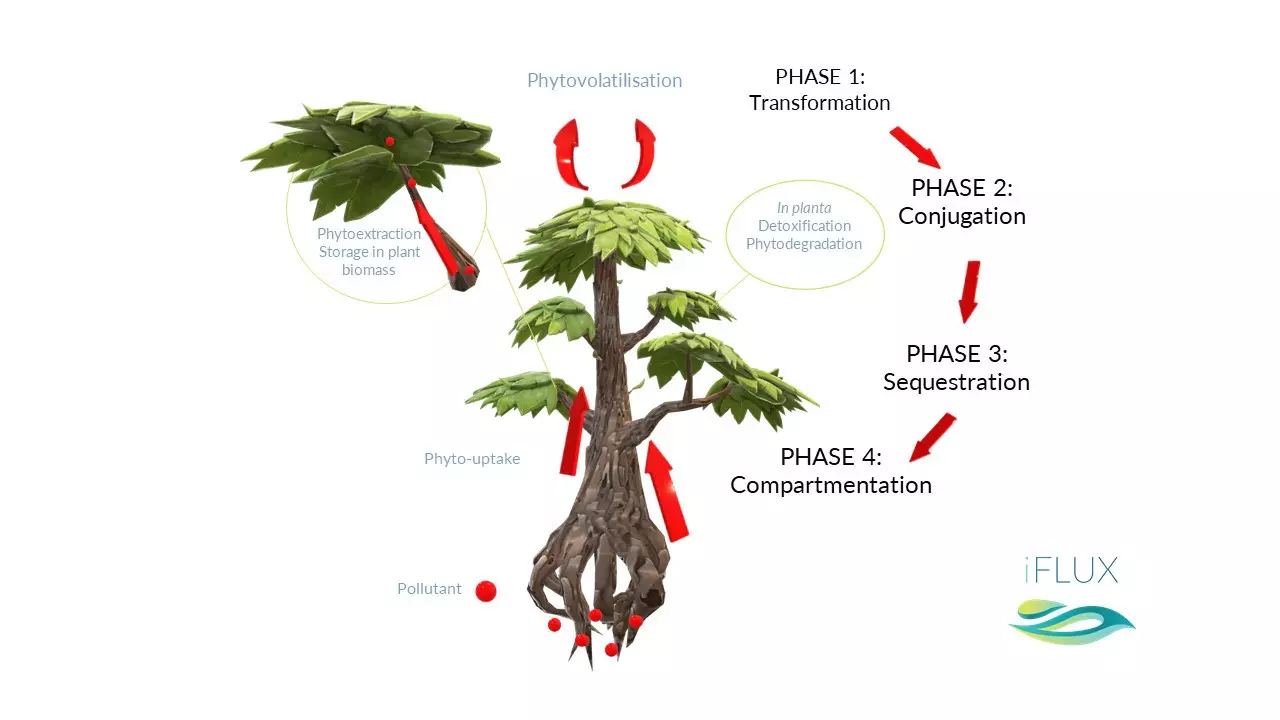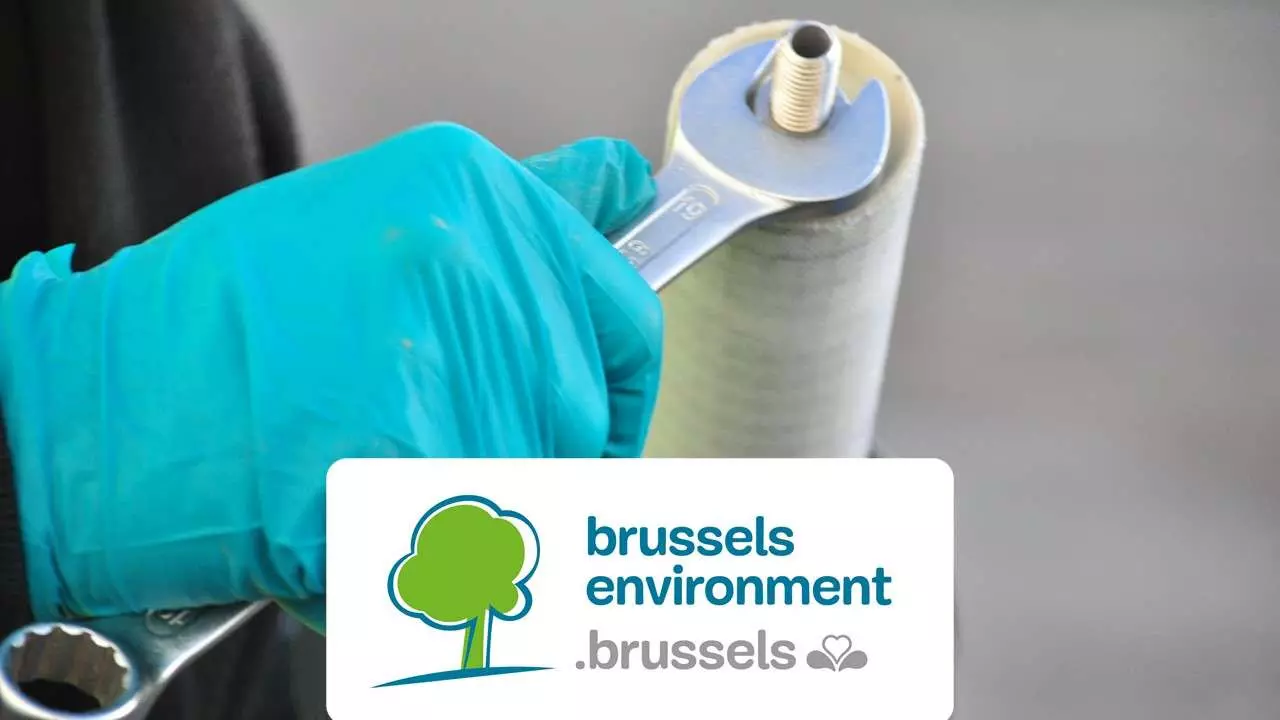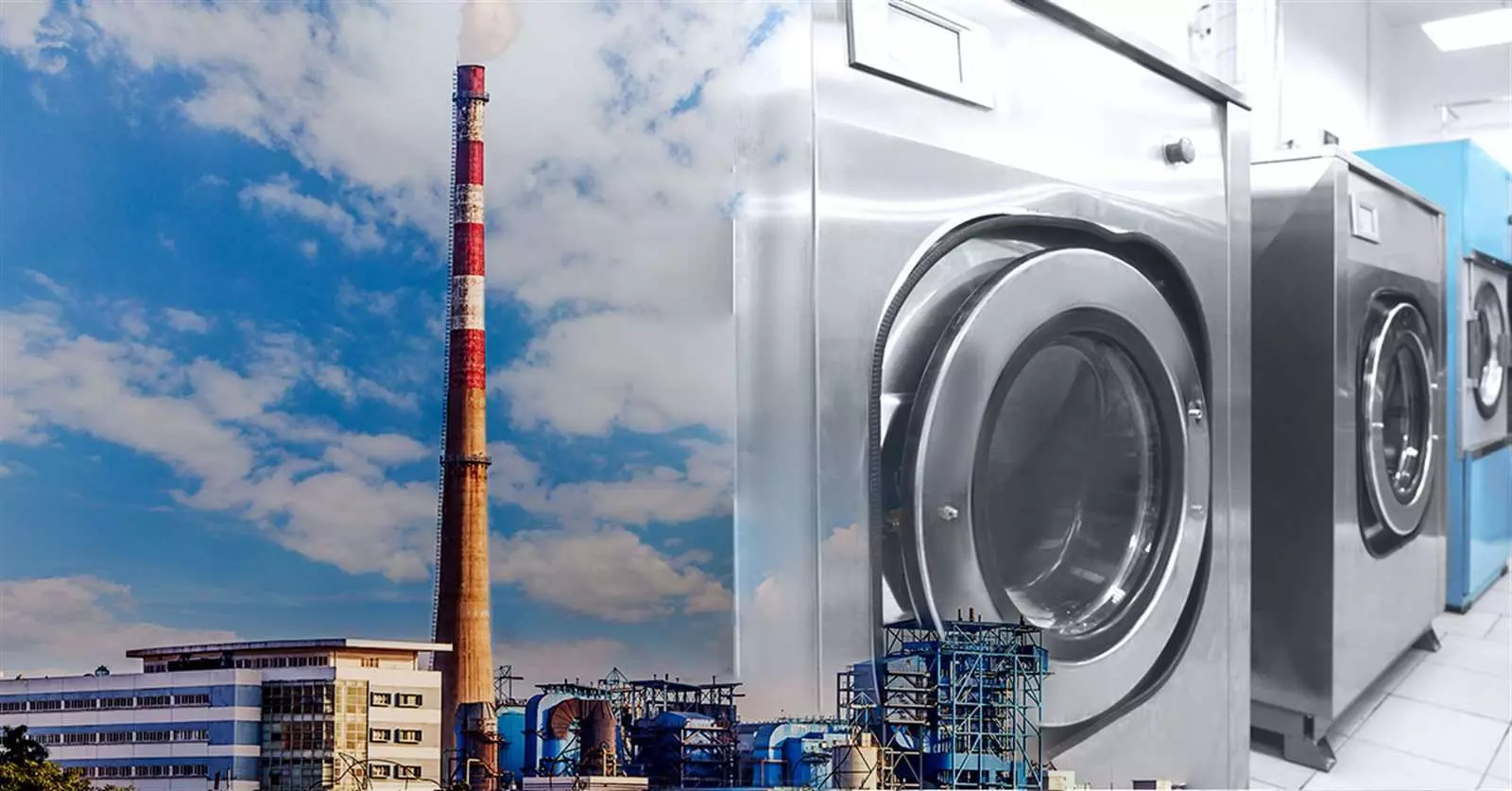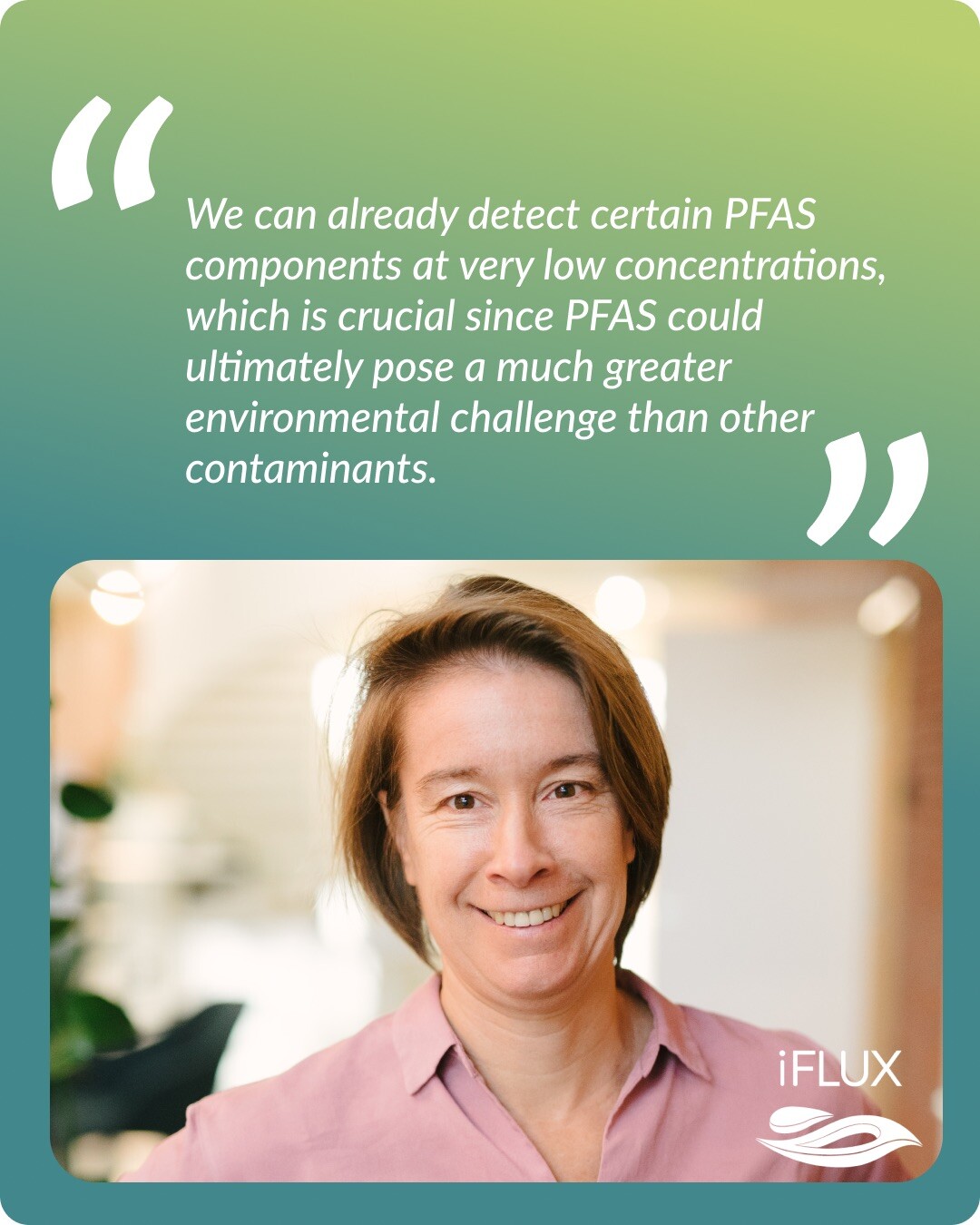Brussels Environment recognizes iFLUX as one of the most valuable new research techniques
Posted on Tuesday 14 July 2020 In 2018, The Brussels Environment organization commissioned the publication of a number of best practices of...
1 min read
 Goedele Verreydt
:
Apr 30, 2024 12:19:02 PM
Goedele Verreydt
:
Apr 30, 2024 12:19:02 PM

Posted on Tuesday 26 January 2021
Flux measurements turn out to be a great way of monitoring innovative remediation techniques. In a pilot study of OVAM, by A+E Consult and bio2clean, they decided to use flux measurements to monitor the effectiveness of phytoremediation. The project takes place at a former body shop site. It is contaminated with VOCI, 1.4 dioxane and BTEX.
The trees (willows and poplars), that were onsite already before the project started, showed a positive influence on the groundwater contamination. This supported the idea to adopt phytoremediation as the remediation technique.
By planting trees, contaminants can be absorbed by the tree, along with nutrients. This can happen either passively in the transpiration flow or actively by transport proteins in the root membrane. The plant also produces substances itself, which in turn are released into the root zone and can contribute to precipitation or transformation of contaminants.
In addition, the environment of the plant, consisting of other vegetation, bacteria, fungi… provides a protective barrier, reducing the risk of spreading or leaching of the contaminants.
If the degradation of the contamination in the plant is lower than the uptake, the volatile substances can be evaporated. Efficient degradation can be stimulated by inoculation with the appropriate degrading microorganisms.
With iFLUX technology we monitor the impact of this innovative remediation technique to the groundwater contamination and flow.
In the pilot project, additional trees are plant in the contaminated zone. Subsequently, control measurements of soil and groundwater are carried out inside and outside the area of influence of the trees.
On top of that, microorganisms are grown in a bioreactor, some of the trees are inoculated and the difference between inoculation or not is being monitored in the plants and in the groundwater.
iFLUX is measuring mass fluxes (VOCl, 1.4 dioxane and BTEX) with its “passive flux samplers” in 3 shallow monitoring wells (2.8 m -mv) and a deeper monitoring well (6 m -mv). During each measuring round iFLUX provides a real-time continuous measurement with the digital sensor for 4 weeks. The measurement with the sensor makes it possible to measure the variations in the flux (groundwater flow and direction) in the short term.
The first measurement is done in winter, because there is no plant activity that time of the year. It will serve as a baseline measurement. A second measurement is performed when the trees have reached their maximum pump capacity in summer.

Posted on Tuesday 14 July 2020 In 2018, The Brussels Environment organization commissioned the publication of a number of best practices of...

Posted on Thursday 19 September 2019 It has been almost 20 years since Einarson and Mackay published an article about pollutant mass flux...

PFAS has emerged as one of the most challenging environmental contaminants of our time, with its complexity only expected to grow in the coming...